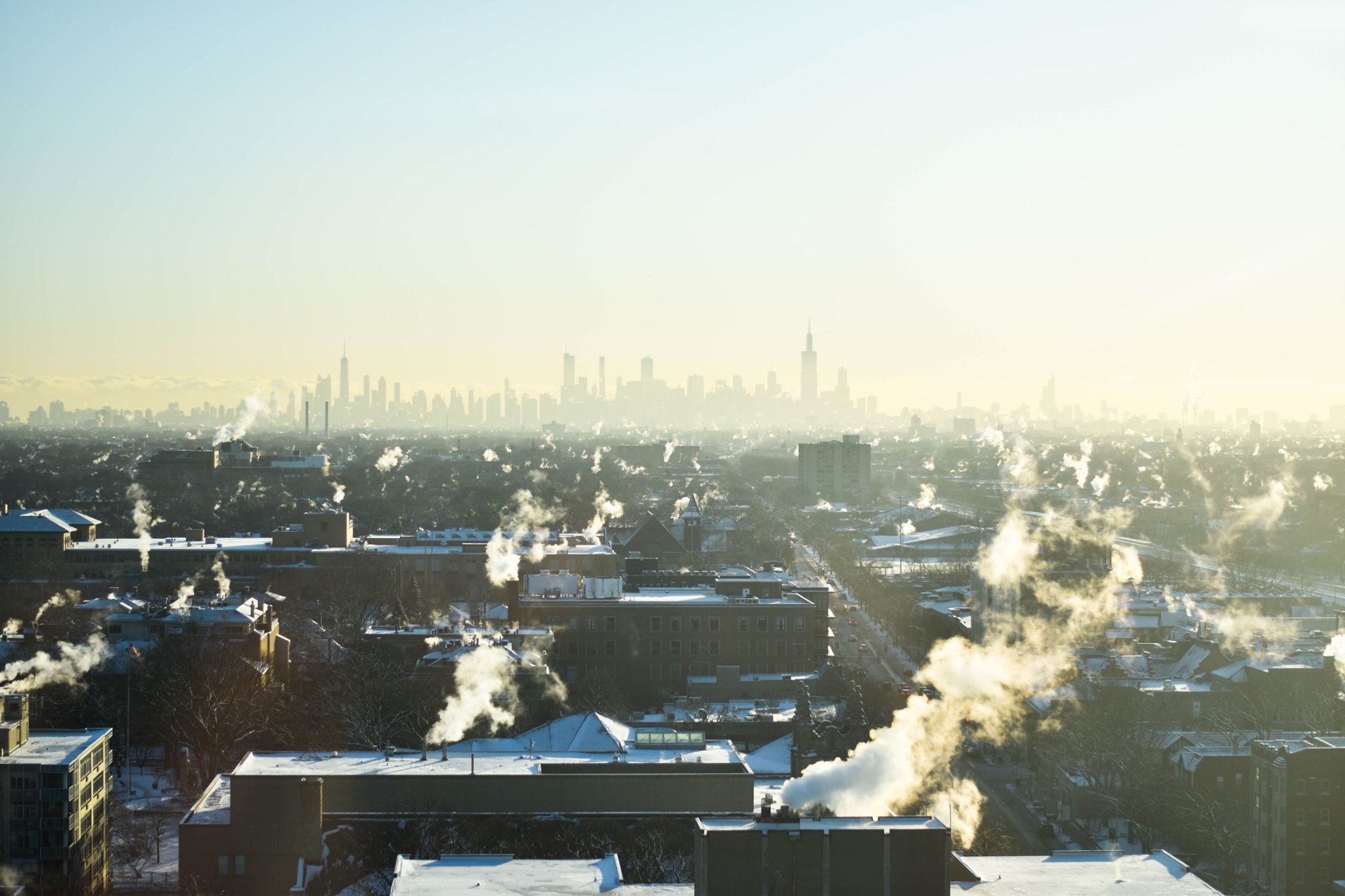
Uploaded on 2020-08-27 by Tuan Ky
Urbanization and the use of automobile has shaped the way Chicago grows as a city. Big roads and long distances from the suburbs to the city results in lots of traffic during peak hours. The environment hence is affected and polluted by automobile and building mechanical exhaust, making the city hotter than more rural areas. The main reasons for heat rises and UHI effects comes from road traffic, as well as heating and cooling demands for residents. Being in a big city with temperate climate and long winter months, the need for heating is ever increasing. Within the central city regions where most buildings are old, construction methods and material selections were not designed and built to today’s standards of livability without mechanical intervention or sustainability without introducing add-on solar panels and or replacing certain equipment that are more energy friendly. Urban planning authorities, national construction codes and local codes should continue to monitor and update their knowledge about innovative and affordable construction products, building methods to educate designers and architects to start building better living/working spaces and ones that are more environmentally friendly. Urban planning is crucial in planning a city and for its inhabitants.